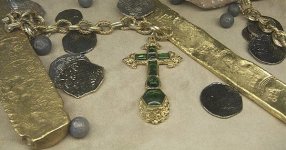BillA
Bronze Member
Hi Kanacki,
Never knew, Richard and I only spoke of Cocos in passing; wonder what happened to his library - one of the daughters most likely.
Never knew, Richard and I only spoke of Cocos in passing; wonder what happened to his library - one of the daughters most likely.







